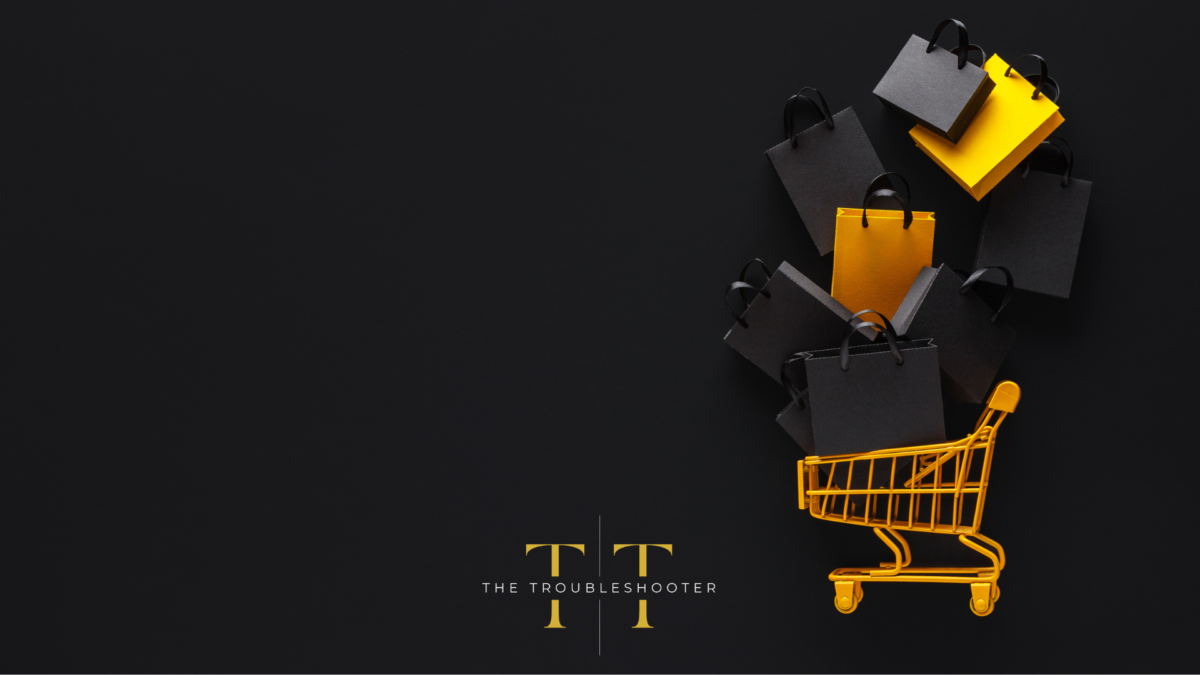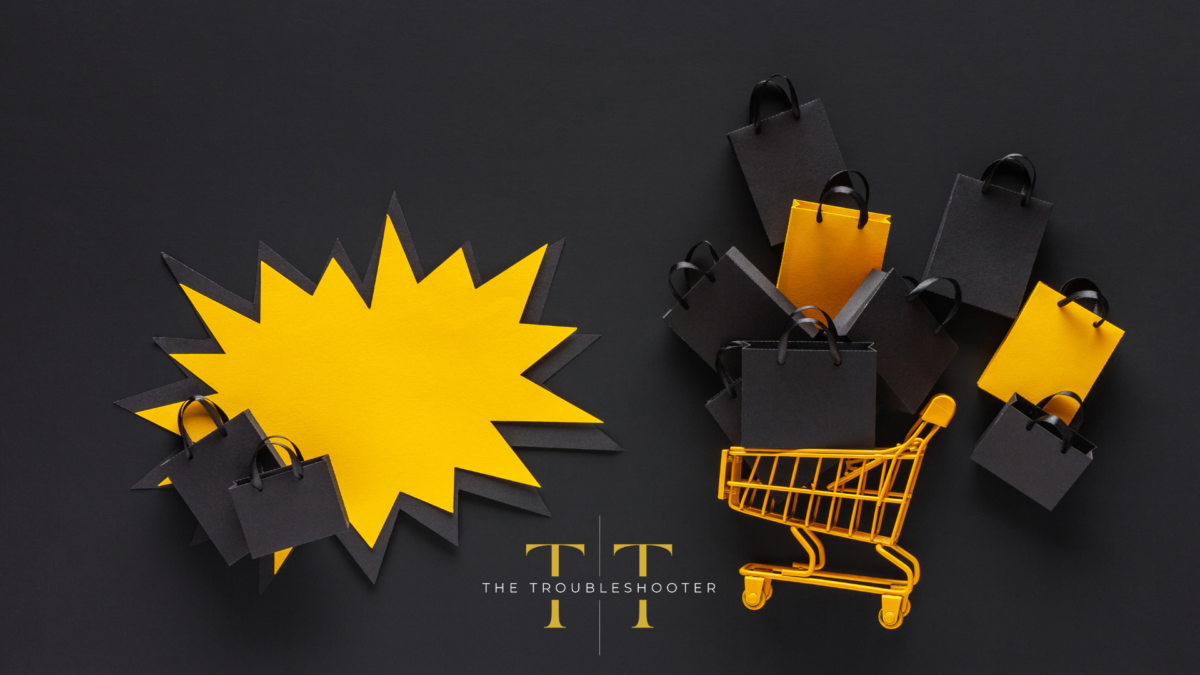
The marketplace, vibrant with the verdant shades of sustainability, is experiencing a profound shift, setting new ethical foundations that are reshaping marketing strategies at their core. Sustainability is no longer a mere buzzword but a clarion call to brands across the globe. It beckons companies to weave eco-friendly threads into the fabric of their marketing tapestries, crafting a rhetoric that resonates with the growing chorus of eco-conscious consumers.
This week’s article delves into the heart of sustainable marketing, exploring avenues for integrating green practices into marketing strategies, and illuminating the path to authentic corporate social responsibility.
The Green Blueprint: Laying the Foundations of Eco-Friendly Branding
The journey towards sustainability begins with the blueprint of eco-friendly branding. Brands must first internalise sustainability, embedding it within their core values and mission. This transformation, like a caterpillar metamorphosing into a butterfly, is about evolving beyond the superficial and ensuring that every aspect of the brand reflects a commitment to environmental stewardship.
Eco-friendly branding isn’t just about slapping a green label on products; it’s about redefining the brand’s identity to resonate with the ethos of sustainability.
Case Study Insight: Consider the case of a clothing retailer that transitioned to using 100% organic cotton, reducing water usage by millions of litres annually. Their marketing now doesn’t just sell clothes; it tells a story of conservation, of respect for the planet, and of a commitment to a sustainable future.
Cultivating Green Marketing Initiatives: Beyond the Surface
Green marketing initiatives are the tendrils through which brands can intertwine their growth with environmental goals. These initiatives go beyond mere advertising; they are about creating a tangible impact, fostering a symbiotic relationship with the planet.
From packaging that whispers the tales of recycled origins to products that are ambassadors of eco-efficiency, green marketing is about crafting stories that are worth telling, and worth believing in.
Innovative Example: Imagine a company that introduces biodegradable packaging for its products, coupled with a campaign that educates consumers on the importance of reducing plastic waste. Such an initiative not only bolsters the brand’s image but also empowers consumers to be part of the environmental solution.
The Authentic Voice: Communicating Corporate Social Responsibility
In the realm of sustainability, authenticity is the keystone. Communicating corporate social responsibility (CSR) is not about grandstanding or greenwashing; it’s about genuine stories of commitment, of challenges faced and overcome, of real impact made. Authentic CSR communication builds trust, creating a deep connection between the brand and its audience.
Strategy Spotlight: Transparency is paramount. A brand that openly shares its sustainability journey, including both successes and areas for improvement, cultivates credibility. Monthly sustainability reports, third-party certifications, and engaging directly with consumer queries on social media are all facets of authentic communication.
Engaging with the Eco-Conscious Consumer: A Dialogue, Not a Monologue
The eco-conscious consumer is not a passive entity but an active participant in the sustainability conversation. Engaging with this audience requires a dialogue, a two-way communication, that recognises, acknowledges, and values their input and insights. It’s about creating communities around sustainability goals, leveraging social media platforms to invite discourse, and using feedback to shape future initiatives.
Engagement Tactics: Hosting virtual forums on sustainability topics, creating interactive content that challenges consumers to reduce their carbon footprint, and featuring customer stories of eco-friendly practices all contribute to a vibrant, engaged community.
Strategies to Ensure Authenticity and Avoid Greenwashing
The Litmus Test of Authenticity:Transparency as the antidote to greenwashing. It is not merely a tool but the very essence of genuine sustainable marketing and it involves peeling back the layers of marketing rhetoric to reveal the core of a brand’s environmental efforts.
By openly sharing both the strides and stumbles on the path to sustainability, brands can inoculate themselves against accusations of greenwashing.
Tactical Insight:Deploying lifecycle assessments of products and services, and sharing these findings with consumers, serves as a testament to a brand’s commitment to transparency.
This approach not only educates consumers but also establishes a brand’s credibility in its sustainability claims.
Substantiating Claims:The power of certification and third-party verification must never be underestimated but claims of eco-friendliness must be fortified with evidence.
Certifications from reputable third-party organisations act as a seal of authenticity, assuring consumers that the brand’s environmental assertions stand up to scrutiny.
Case in Point: Brands that achieve certifications such as the Fair Trade label, Energy Star ratings, or the Organic certification, and prominently display these accolades in their marketing materials, send a powerful message of verifiable commitment to sustainability.
Engaging in Meaningful Actions: Beyond the façade of green campaigns, to truly distance a brand from the shadow of greenwashing, actions must speak louder than words.
Investing in sustainable business practices, such as reducing carbon footprints, transitioning to renewable energy sources, or supporting environmental restoration projects, demonstrates a brand’s dedication to making a tangible difference.
Actionable Example: A company might invest in a reforestation project where every product sold results in a tree planted. Such initiatives, especially when coupled with regular updates about the project’s progress, reinforce the sincerity of the brand’s environmental commitment.
Continue reading









